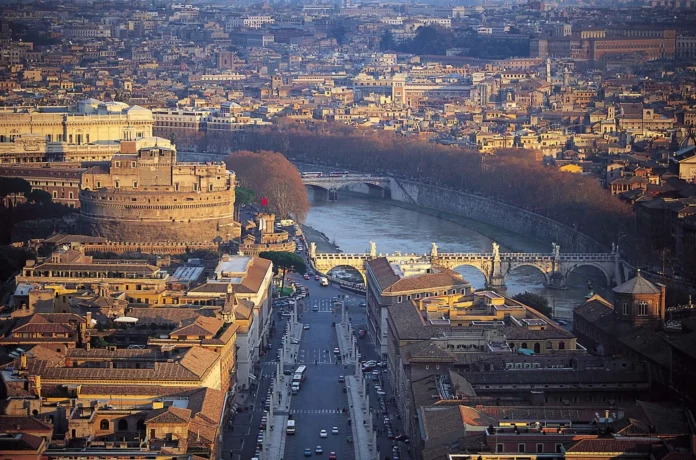Rome, the Eternal City, has long enchanted visitors with its rich history, breathtaking architecture, and vibrant culture. From ancient ruins to bustling piazzas, Rome’s attractions offer a captivating glimpse into the city’s storied past and present. In this article, we will journey through the top 10 most popular places in Rome, delving into their significance and the excitement they offer to those who venture into the heart of this magnificent metropolis.
1. The Colosseum: A Monument to Ancient Glory
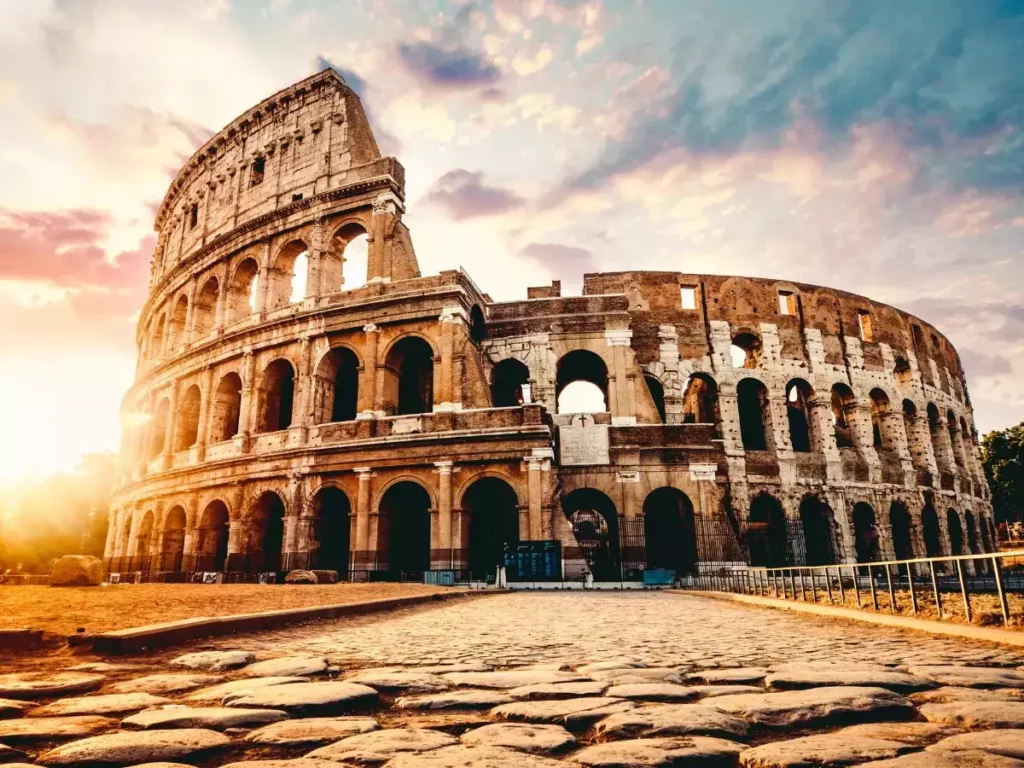
Located in the heart of Rome, the Colosseum stands as a testament to the engineering prowess and grandeur of the Roman Empire. This colossal amphitheater, built in 80 AD, was the site of gladiatorial battles, theatrical performances, and epic spectacles. Today, visitors can explore the Colosseum’s imposing structure, imagine the roar of the ancient crowds, and marvel at the ingenuity of Roman architects. The Colosseum’s awe-inspiring presence and rich history make it an essential stop on any Roman adventure.
2. The Roman Forum: Cradle of Roman Civilization
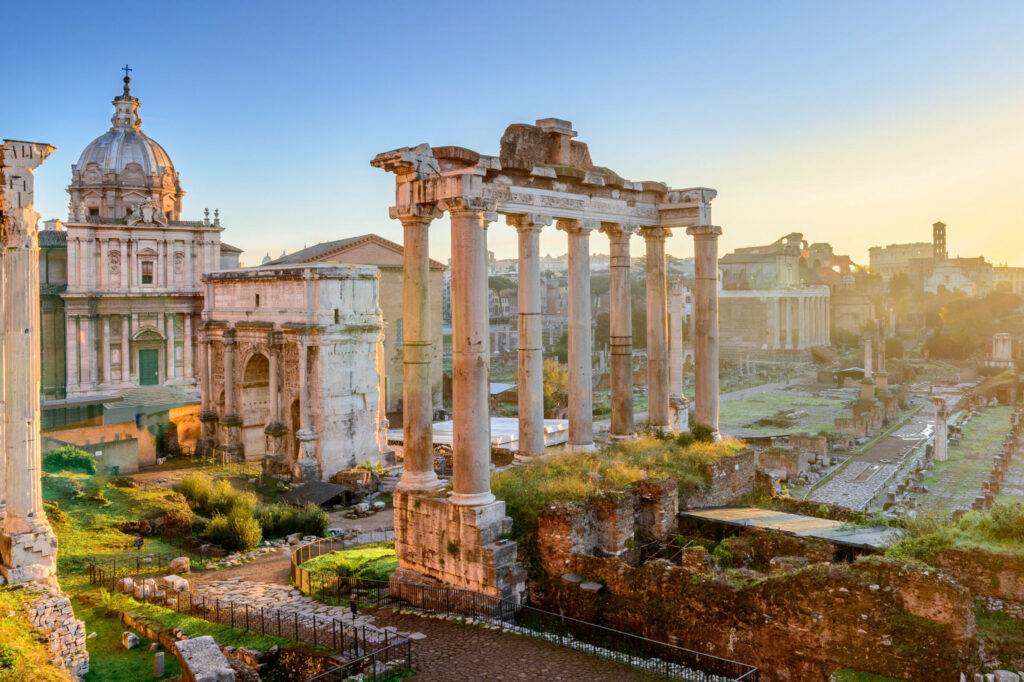
Nestled between the Capitoline and Palatine hills, the Roman Forum was the center of ancient Rome’s political, religious, and commercial life. This sprawling complex of ruins includes the remains of temples, basilicas, and triumphal arches, each with its own story and significance. Visitors can stroll through the Forum’s ancient streets, admire the grandeur of the Arch of Titus, and contemplate the rise and fall of one of history’s greatest empires. The Roman Forum offers a fascinating and immersive experience, transporting visitors back in time to the heart of ancient Rome.
3. The Vatican City: An Enclave of Art, Religion, and History

The Vatican City, a sovereign city-state within Rome, is the spiritual and administrative center of the Roman Catholic Church. Home to St. Peter’s Basilica, the Vatican Museums, and the Sistine Chapel, this hallowed enclave boasts a wealth of artistic and architectural treasures. Visitors can explore the opulent halls of the Vatican Museums, marvel at Michelangelo’s frescoes in the Sistine Chapel, and stand in awe beneath the soaring dome of St. Peter’s Basilica. The Vatican City’s unrivaled collection of art, history, and religious significance makes it a must-visit destination for travelers from around the world.
4. The Pantheon: A Marvel of Ancient Engineering
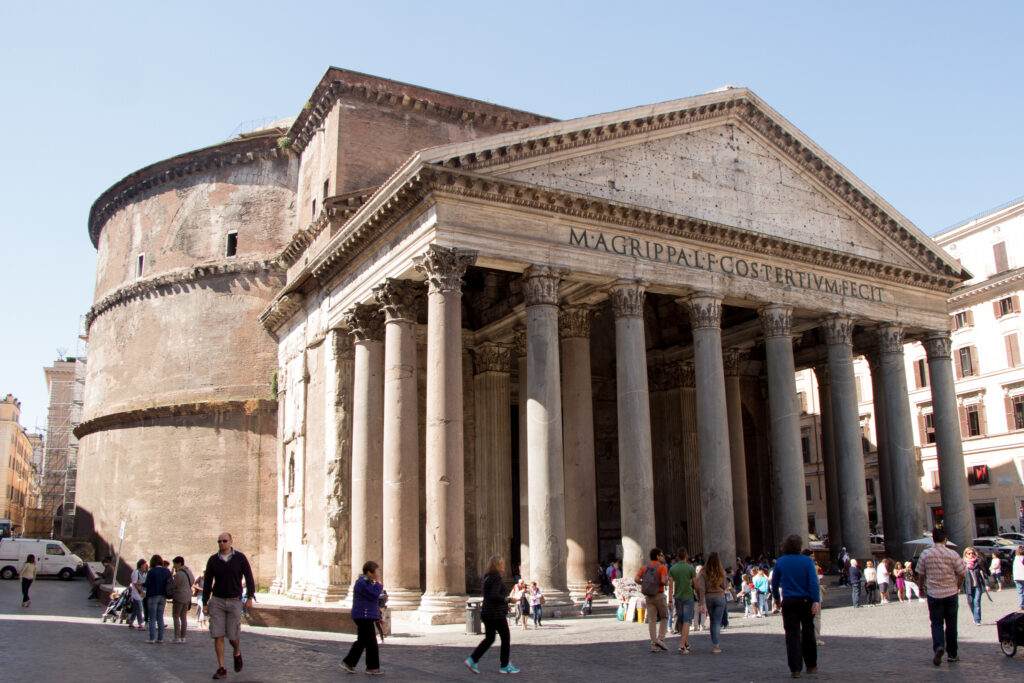
The Pantheon, an ancient Roman temple dedicated to the gods, is a marvel of engineering and design. Built in the 2nd century AD, the Pantheon boasts the world’s largest unreinforced concrete dome, a testament to the ingenuity of Roman architects. Today, the Pantheon serves as a church and houses the tombs of several Italian kings and the renowned artist Raphael. Visitors can admire the building’s harmonious proportions, gaze at the oculus in the dome, and contemplate the mysteries of the cosmos. The Pantheon’s timeless beauty and architectural innovation make it a must-see attraction in Rome.
5. The Trevi Fountain: An Icon of Baroque Splendor
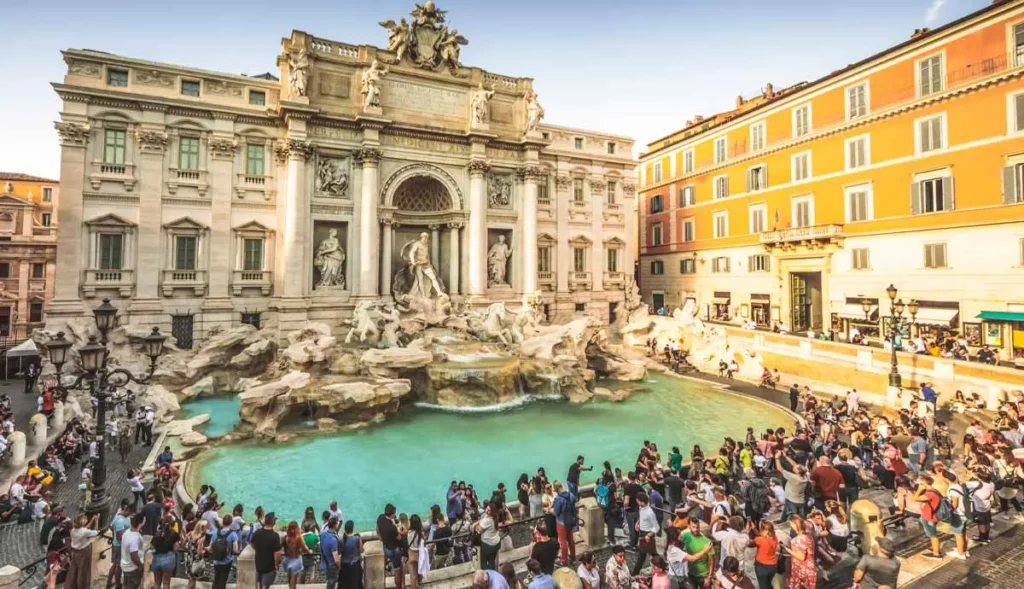
The Trevi Fountain, nestled in the heart of Rome’s historic center, is a masterpiece of Baroque art and design. Designed by Nicola Salvi and completed in 1762, the fountain features an ensemble of mythological figures, majestic horses, and cascading water, all set against the backdrop of the Palazzo Poli. Visitors can toss a coin into the fountain to ensure their return to Rome or simply admire the fountain’s intricate sculptural details. The Trevi Fountain is a symbol of Rome’s artistic heritage and a popular destination for those seeking a moment of enchantment amidst the city’s bustling streets.
6. Piazza Navona: A Tapestry of Baroque Art and Roman History
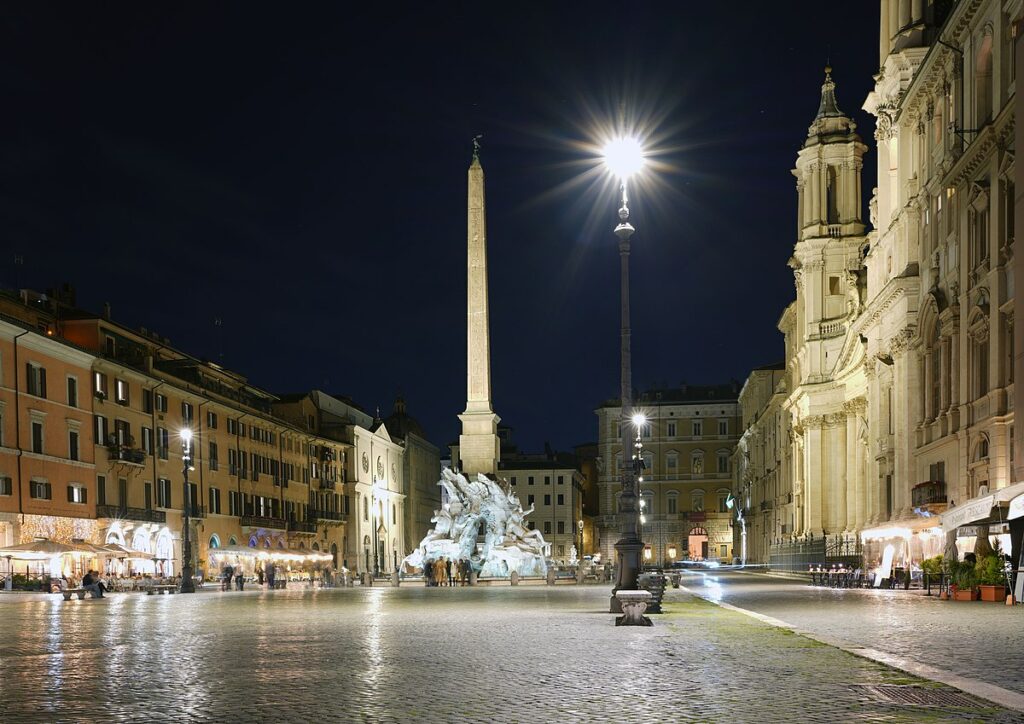
Piazza Navona, a lively square in the heart of Rome, is renowned for its stunning Baroque architecture, vibrant atmosphere, and ancient origins. Built on the site of a 1st-century AD stadium, the piazza features three magnificent fountains, including Gian Lorenzo Bernini’s iconic Fountain of the Four Rivers. Visitors can admire the artistry of the fountains, explore the surrounding churches and palaces, or simply relax in one of the piazza’s many cafes and restaurants. Piazza Navona’s blend of history, art, and daily life makes it a captivating destination for travelers and locals alike.
7. The Spanish Steps: A Grand Staircase in the Heart of Rome
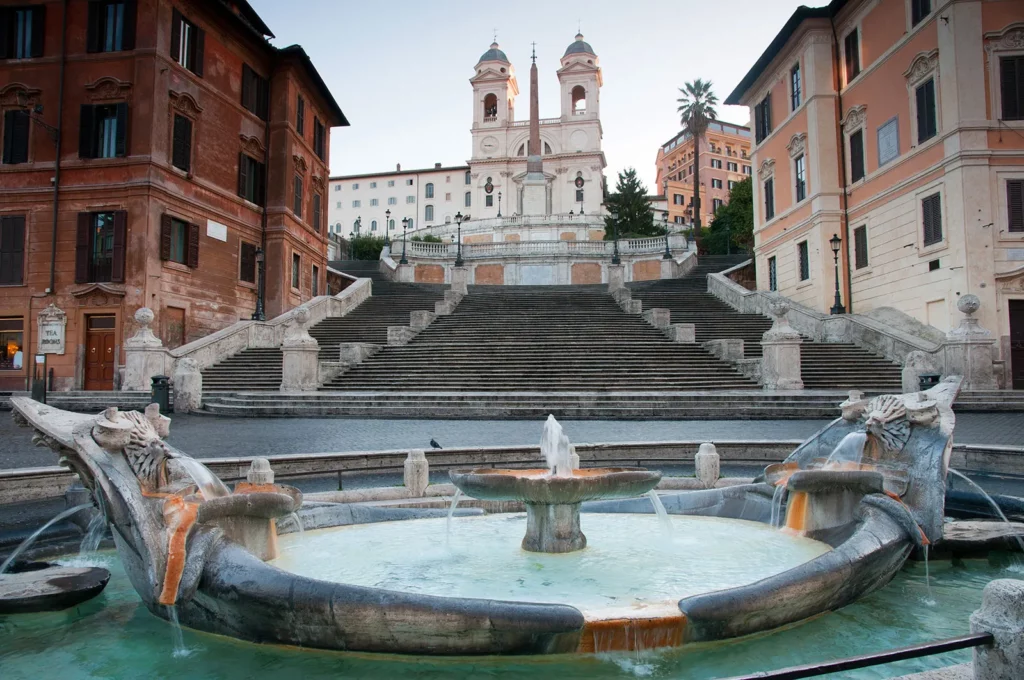
The Spanish Steps, a sweeping staircase connecting the Piazza di Spagna and the Trinità dei Monti church, is an iconic landmark of Rome’s historic center. Designed by Francesco de Sanctis and completed in 1725, the steps are a popular gathering place and offer stunning views of the surrounding cityscape. Visitors can climb the 135 steps to the Trinità dei Monti, explore the nearby boutiques and galleries, or partake in the time-honored tradition of people-watching from the steps’ lower terrace. The Spanish Steps’ elegant design and lively atmosphere make them an enduring symbol of Rome’s charm and vitality.
8. The Catacombs of Rome: A Journey into the Eternal City’s Subterranean Secrets
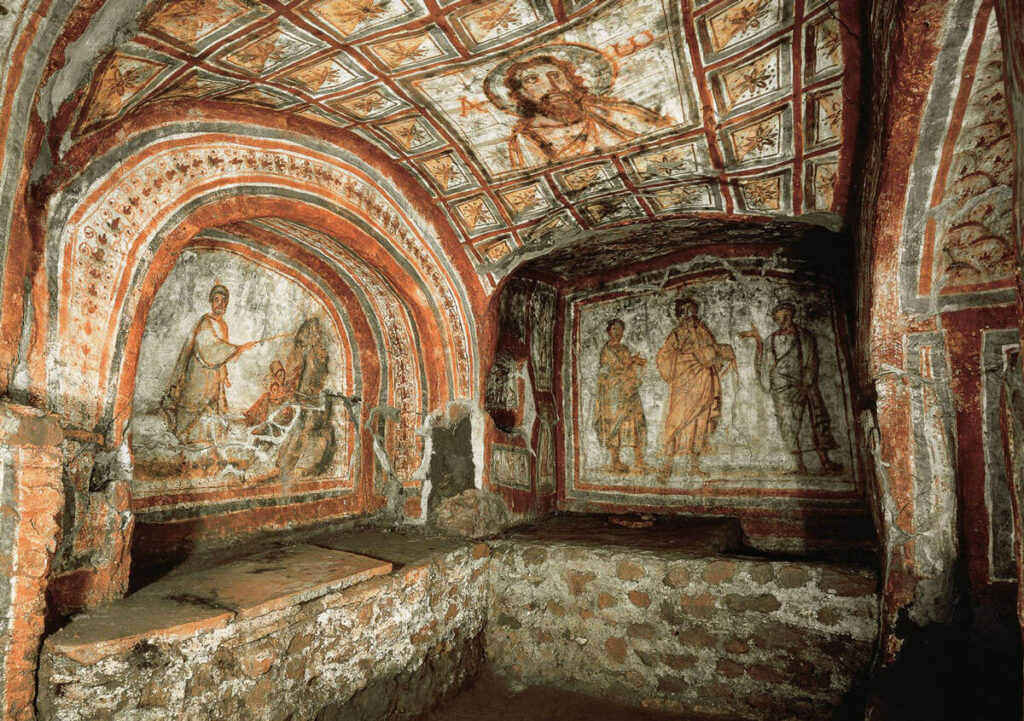
The Catacombs of Rome, a network of underground burial chambers dating back to the 2nd century AD, offer a unique and haunting glimpse into the city’s early Christian and Jewish communities. Visitors can explore the labyrinthine tunnels, marvel at the ancient frescoes and inscriptions, and learn about the catacombs’ fascinating history through guided tours. The Catacombs of Rome provide an intriguing and evocative experience, transporting visitors into the hidden depths of the Eternal City’s past.
9. Castel Sant’Angelo: A Fortress of History and Legend
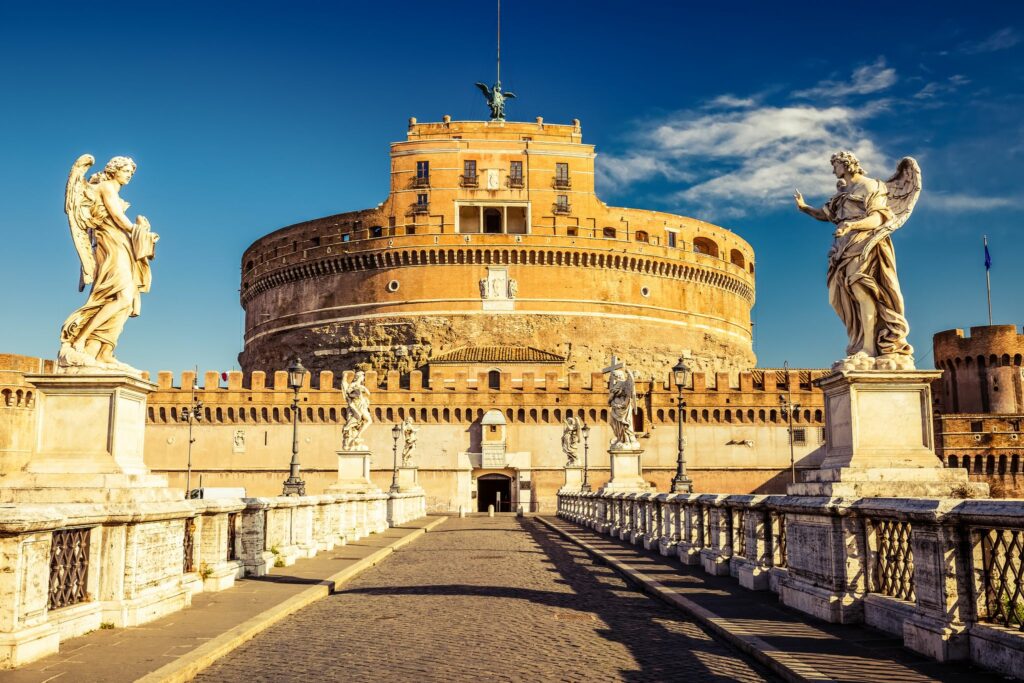
Castel Sant’Angelo, a towering fortress on the banks of the Tiber River, has played a pivotal role in Rome’s history since its construction as Emperor Hadrian’s mausoleum in the 2nd century AD. The castle has served as a military stronghold, a papal residence, and a prison, and is now a museum showcasing its rich and varied past. Visitors can explore the castle’s ancient chambers, admire the frescoes and sculptures within, and enjoy panoramic views of Rome from the terrace. Castel Sant’Angelo’s imposing presence and storied history make it a compelling destination for those seeking to uncover the layers of Rome’s complex narrative.
10. The Capitoline Museums: A Treasure Trove of Art and Antiquity
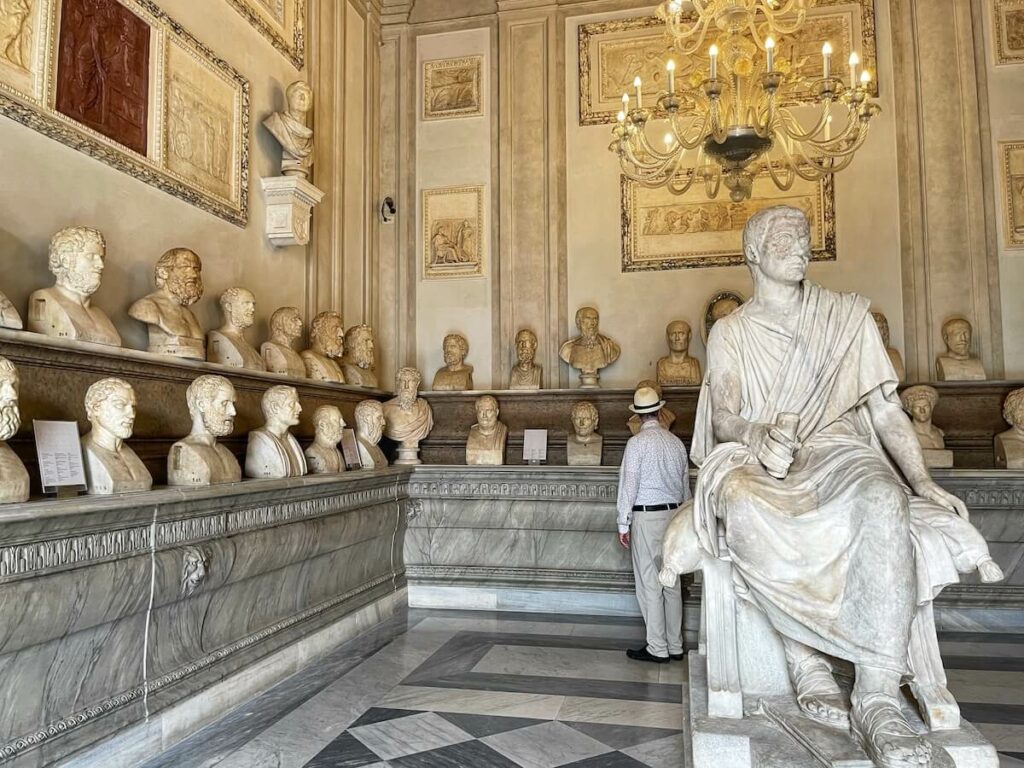
The Capitoline Museums, located atop Rome’s Capitoline Hill, are among the world’s oldest public museums and house a remarkable collection of art and artefacts from ancient Rome. Founded in the 15th century by Pope Sixtus IV, the museums feature iconic works such as the Capitoline Wolf, the Dying Gaul, and the equestrian statue of Marcus Aurelius. Visitors can wander the elegant galleries, marvel at the ancient masterpieces, and enjoy sweeping views of the Roman Forum from the museum’s terrace. The Capitoline Museums offer a captivating journey through Rome’s artistic and historical heritage, inspiring awe and wonder in all who visit.
Conclusion
Rome’s top 10 most popular places provide a thrilling exploration of the city’s rich history, artistic
